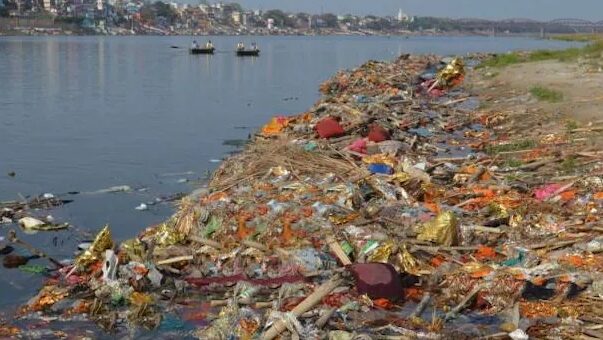
Before the essay on water pollution, we recommend you to read the essay on pollution to find the pretext of pollution. Then you can write specifically on water pollution. Now let’s go through the essay.
Introduction:
Water is a precious natural resource that is essential for the survival of all living organisms. It covers more than two-thirds of the Earth’s surface and is critical to the functioning of the global ecosystem. Unfortunately, human activities have resulted in the contamination of water bodies around the world, leading to water pollution.
Water pollution refers to the presence of harmful substances, such as chemicals, pathogens, and waste products, in the water that make it unfit for use. Water pollution is a significant environmental problem that poses a threat to human health, aquatic life, and the natural environment.
Body:
Water pollution can occur due to various human activities, including industrial and agricultural activities, urbanization, and waste disposal. The sources of water pollution are divided into two categories, point and non-point sources. Point sources of pollution are the direct discharge of pollutants from identifiable sources, such as industrial plants, sewage treatment plants, and oil spills. Non-point sources are diffuse sources of pollution that are more challenging to identify and control, such as runoff from agricultural fields, construction sites, and urban areas.
Causes of Water Pollution
One of the significant contributors to water pollution is industrial activities. Industrial wastewater contains a wide range of pollutants, including heavy metals, organic chemicals, and toxic substances. These pollutants can cause severe harm to aquatic life and the environment. The discharge of untreated industrial wastewater into water bodies can result in the contamination of water resources and make them unfit for use.
Agricultural activities, including the use of fertilizers, pesticides, and animal waste, are another significant source of water pollution. Agricultural runoff can carry nutrients, pathogens, and sediment into water bodies, leading to eutrophication, algal blooms, and the degradation of aquatic ecosystems. Excessive use of fertilizers and pesticides can also contaminate groundwater, which is a vital source of drinking water for many people.
Some More Causes
Urbanization and the discharge of untreated sewage into water bodies are also significant sources of water pollution. In many parts of the world, wastewater treatment facilities are inadequate or non-existent, leading to the discharge of untreated sewage into rivers, lakes, and oceans. This can result in the contamination of water resources, making them unsafe for human consumption and recreation.
Water pollution has severe consequences for human health, aquatic life, and the natural environment. Contaminated water can cause various diseases, including diarrhea, cholera, and typhoid fever. In addition, exposure to polluted water can lead to skin irritation, respiratory problems, and even cancer. Aquatic life is also affected by water pollution. Polluted water can cause the death of fish and other aquatic organisms, disrupt food chains, and lead to the extinction of species. The natural environment is also affected by water pollution, with degraded ecosystems resulting in a loss of biodiversity and ecological services.
Conclusion:
In conclusion, water pollution is a severe environmental problem that poses a threat to human health, aquatic life, and the natural environment. Human activities, including industrial and agricultural activities, urbanization, and waste disposal, are the major sources of water pollution. It is essential to take steps to prevent water pollution by reducing the discharge of pollutants into water bodies, improving wastewater treatment, and promoting sustainable agricultural practices. Protecting water resources is crucial for the health and well-being of people and the planet.
The Essay on water pollution concludes here. But you can continue to read the essay on Air Pollution.


